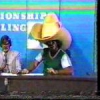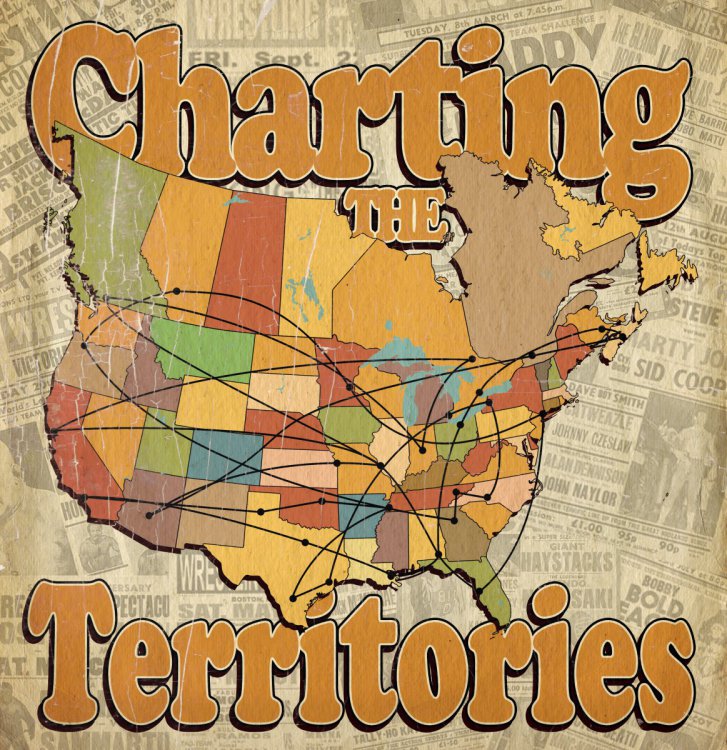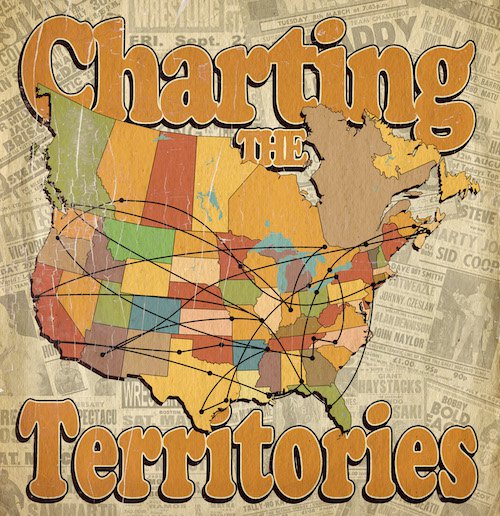
WhooWrestling
Members-
Posts
8 -
Joined
-
Last visited
Recent Profile Visitors
366 profile views
WhooWrestling's Achievements
Newbie (1/14)
-
My new blog, Charting the Territories, is live with a unique look at wrestling in the territorial era. This past week I looked at the Amarillo territory in 1966. Next week I will look at Central States in 1966. http://www.chartingtheterritories.com
-
Introducing ... Charting the Territories
WhooWrestling replied to WhooWrestling's topic in Pro Wrestling
There is not a whole lot of info out there on Montreal, in particular the online newspaper archives don't have much in the way of ads. This would make it tough for me to cover, but never say never! -
Introducing ... Charting the Territories
WhooWrestling replied to WhooWrestling's topic in Pro Wrestling
Correct. For this project, it will be calculated on a quarterly basis, (ex. all matches a wrestler had in a territory from Jan 1st through Mar 31st). It's best done over a shorter period of time than that, from what I've experimented with, 5 weeks is probably the ideal time frame, as it has a large enough sample size but also allows you to see incremental movement up or down the card. But a 3-month SPOT gives a good general idea of who was where on the cards during the time period. -
I will be launching a new blog/site called Charting the Territories on November 1st. Below is an introductory post that explains what the site will be about, and most importantly, defines the statistic I have named SPOT. Introduction to Charting the Territories This blog is going to take a look back at pro wrestling territories in a way that hasn't been done before. There are numerous web sites, blogs, message forums and social media accounts dedicated to covering the history of professional wrestling. There are even a couple of databases with scores of information. But I want to present the information in such a way that you can look at ONE piece of data and instantly understand that wrestlers' place in the grand scheme of things; or as Arn Anderson once famously spoke of, their spot. As you look at wrestling cards over the years, one thing is abundantly clear. Wrestlers who are always in the main event are there for a reason. Usually it's because they put asses in seats. It also doesn't hurt if they're a good "worker". And let's be honest, every now and then good old-fashioned nepotism comes into play. But over the long run, if someone travels from Tampa to Dallas to Minneapolis to Calgary to Amarillo and is more often than not competing in main events, it's because they are a great "professional wrestler". I thought that if I could create a statistic that measures the position of a given wrestler on the various wrestling cards they are booked on, then that could quantify the wrestlers' place in the promotion. As I dug deep into the archives of several great online resources and examined wrestling cards over the years, I came up with a way of doing just that. At times it's more art than science, but as long as I strive for a high degree of consistency in how it's calculated, it should hold up to the sniff test. So I present to you ... the Statistical Position of a wrestler Over Time, or ... SPOT. For a given point in time, a wrestlers' SPOT is a number between .000 and 1.000 that quantifies their average spot on the cards over a several week period of time. To calculate SPOT, we look at a wrestling card (I try to use what was booked/advertised by the promotion ahead of time) and rank the matches in order of perceived importance. Generally speaking, a newspaper ad or program lists the main event first, and then the rest of the matches in descending order, so this step is often easy (but not always, there are some nuances to it). Once I have done that, I apply a little bit of statistical magic to come up with a number between .000 and 1.000. I won't bore you with the formula, but here's a hint ... the main event gets 1.000. After doing this for all the cards a wrestler is booked on over a specific period of time, I take the average of all these numbers to generate their SPOT for that point in time. There are no hard and fast cut-off points when looking at a wrestlers' SPOT. Different territories have different booking philosophies and strategies, so I don't say things like "if their SPOT is xx or higher they're a main eventer" or "anything below xx is a preliminary wrestler". The higher their SPOT, the higher their status in THAT territory at THAT time. I will examine territories one at a time, covering a one-year period for a specific territory before moving on to another territory and/or year. There will be one introductory post where I look at the territory as a whole at that point in time, looking at their approximate geographical boundaries, the towns they promote in (and how often they promoted there) and an examination of the talent roster at the end of the previous year. From there, I will make 4 posts, each covering a three-month period, that ranks wrestlers by their SPOT for that quarter. I will also list all known title defenses and major stipulation matches in the quarter, plus a brief examination of the comings and goings of wrestlers during the quarter. There will also be listings of outside names or attractions passing through the territory (the World champion, women wrestlers, nationally-known stars, etc.), plus a listing of managers and anyone else who was booked on at least one card during the quarter. I will also attempt to do a "who's who", listing aliases and alternate identities for wrestlers, and in some cases, disproving popular notions of said aliases. The earliest year I will cover (for now) is 1966. The latest year I will cover is 1983. After '83, due to the expansion of the WWF, the remaining territories did a lot of talent-sharing and boundary-crossing and things become messy. To start things off, I will look at four different territories in 1966. They are Western States Sports (Amarillo), Heart of America Sports Attractions (Central States), Championship Wrestling from Florida and World Championship Wrestling (Australia). While I will normally focus exclusively on U.S. and Canadian territories, Australia featured a good bit of U.S. based talent.
-
Since the Scenic City Invitational's announcement of Matt Riddle, the following have also been announced: Billy Buck, Odinson and Mikael Judas. Two long-time guys from Anarchy in Cornelia and an up-and-coming hoss in Odinson. With Lio Rush, Odinson, Matt Riddle and Gunner Miller, that's four incredibly talented "youngsters" (in wrestling experience if not in age; all have between 1 and 3 years in). Four more names to be announced, including two returnees from last year's tournament and one more "outside name" that should make people happy.
-
The Scenic City Invitational has just announced tickets will be available for purchase online this Wednesday, June 1st, at 5pm (Eastern). In addition, they will announce the name of the 9th entrant 15 minutes prior to that. While I don't anticipate a PWG-level flurry of activity, I would say if you're looking at buying front-row tickets, you should consider purchasing them as soon as possible. Like and follow for the deets: https://www.facebook.com/ScenicCityInvitational/
-
The most recent episode of the Somehow We Manage podcast, co-hosted by Dan Wilson and I, features a nearly two-hour conversation with Hall of Famer JJ Dillon. The episode can be found at http://wrestlingwithwords.com/podcast/somehow-we-manage-episode-8/ Somehow We Manage is the only podcast dedicated to professional wrestling managers and the art of managing.
-
A List Of Pro Wrestling Podcast Links
WhooWrestling replied to cheapshot's topic in Publications and Podcasts
I am co-host of a podcast (along with Dan Wilson) entitled Somehow We Manage. The podcast is about pro wrestling managers and the art of managing. The most recent episode, which features a nearly two-hour conversation with JJ Dillon, can be found at http://wrestlingwithwords.com/podcast/somehow-we-manage-episode-8/ You can get to prior episodes by changing the last number in the above URL to any number between 1 and 7. New episodes are released every other Thursday, and the next one features Les Thatcher as our guest.




